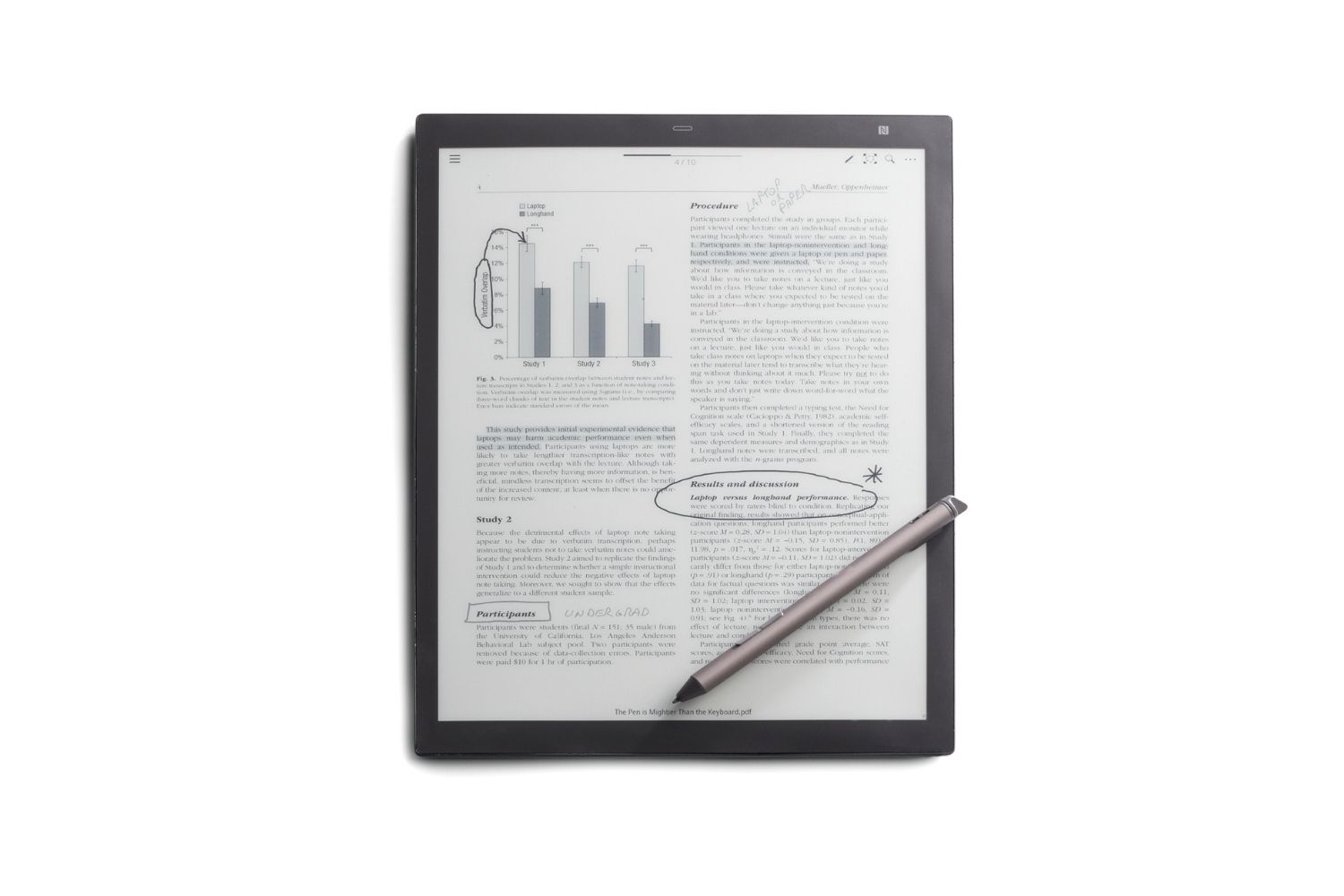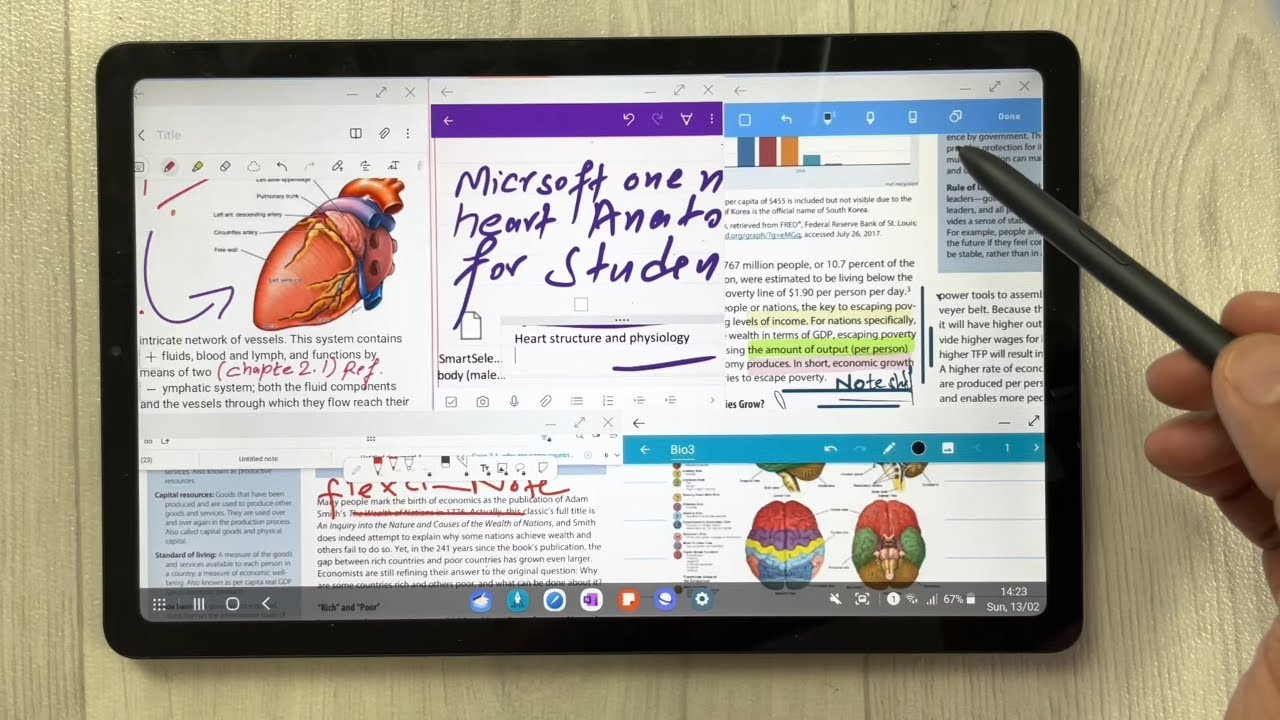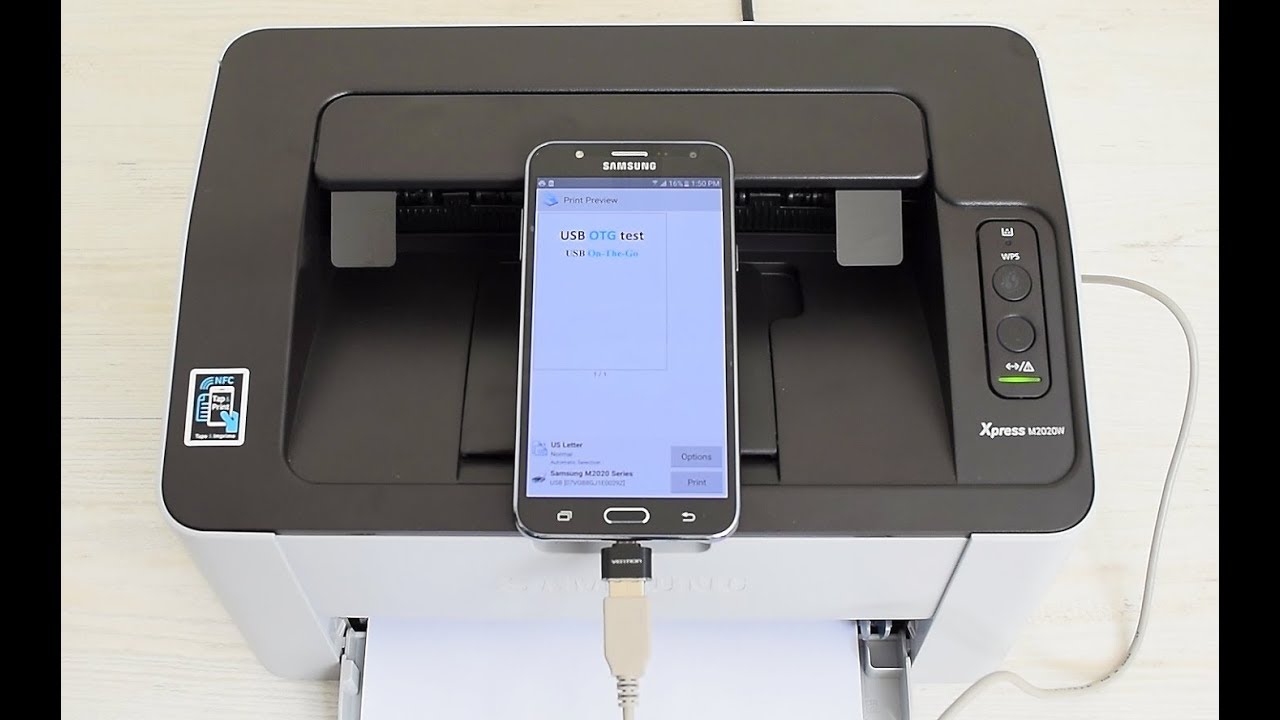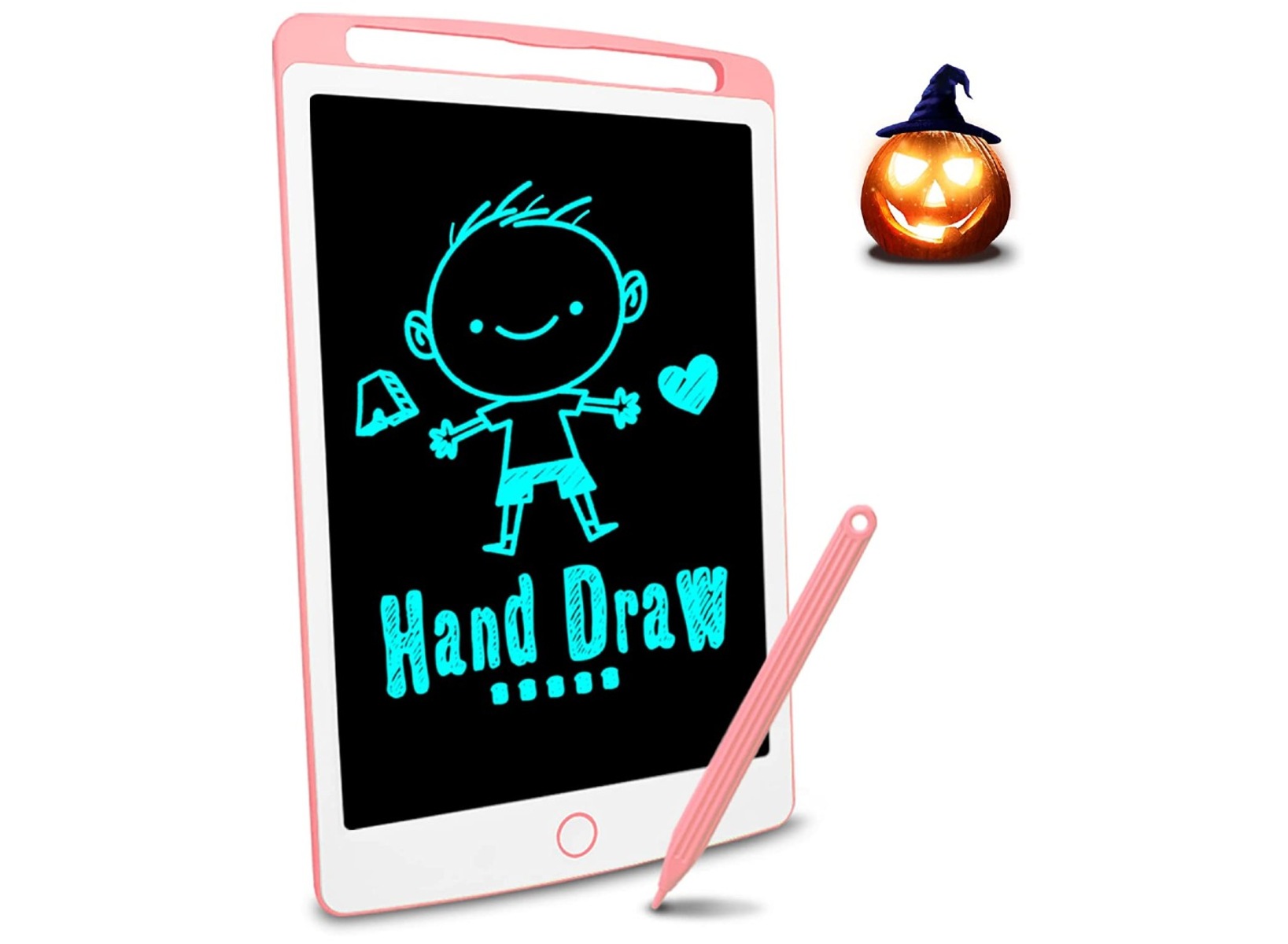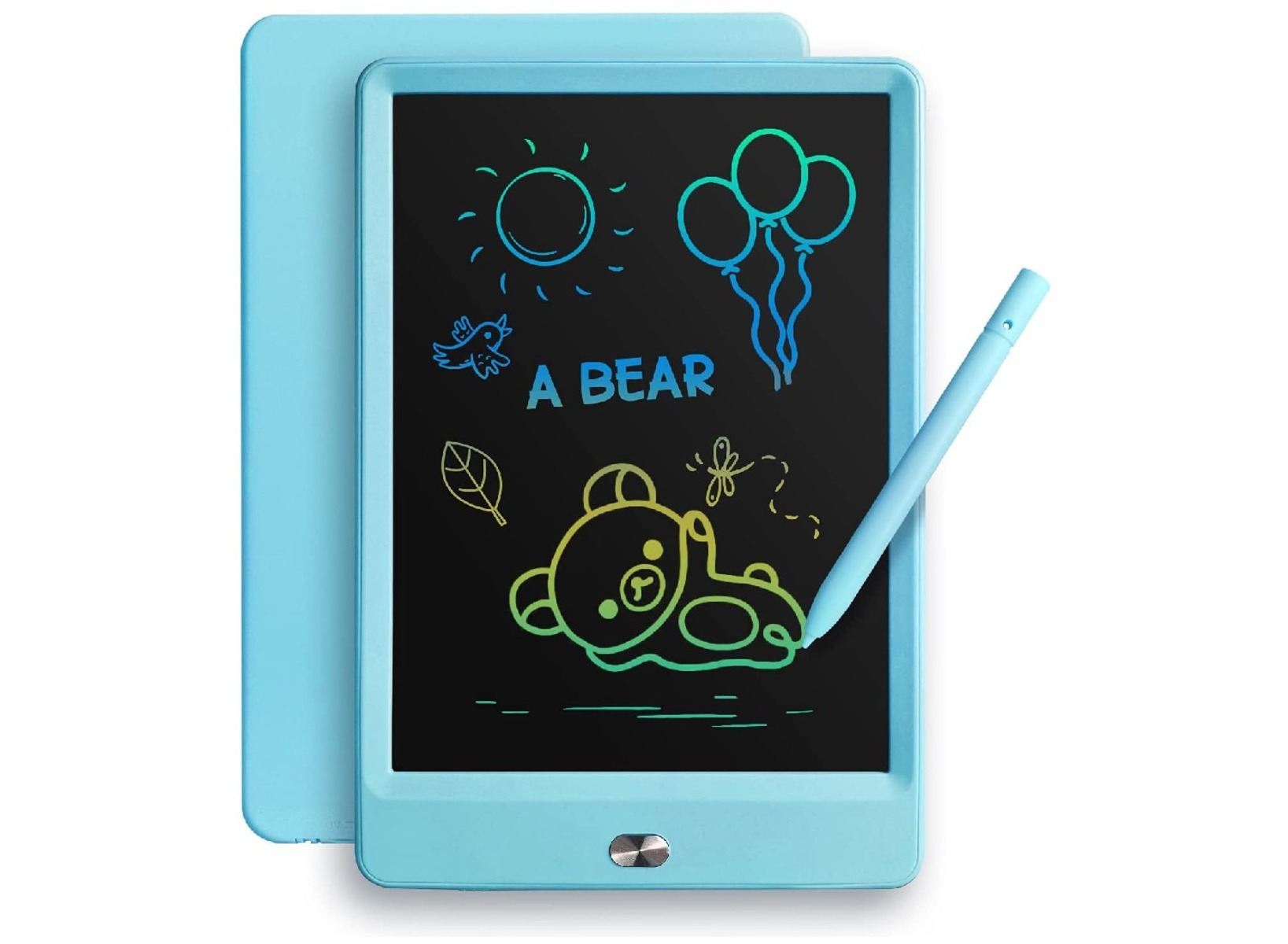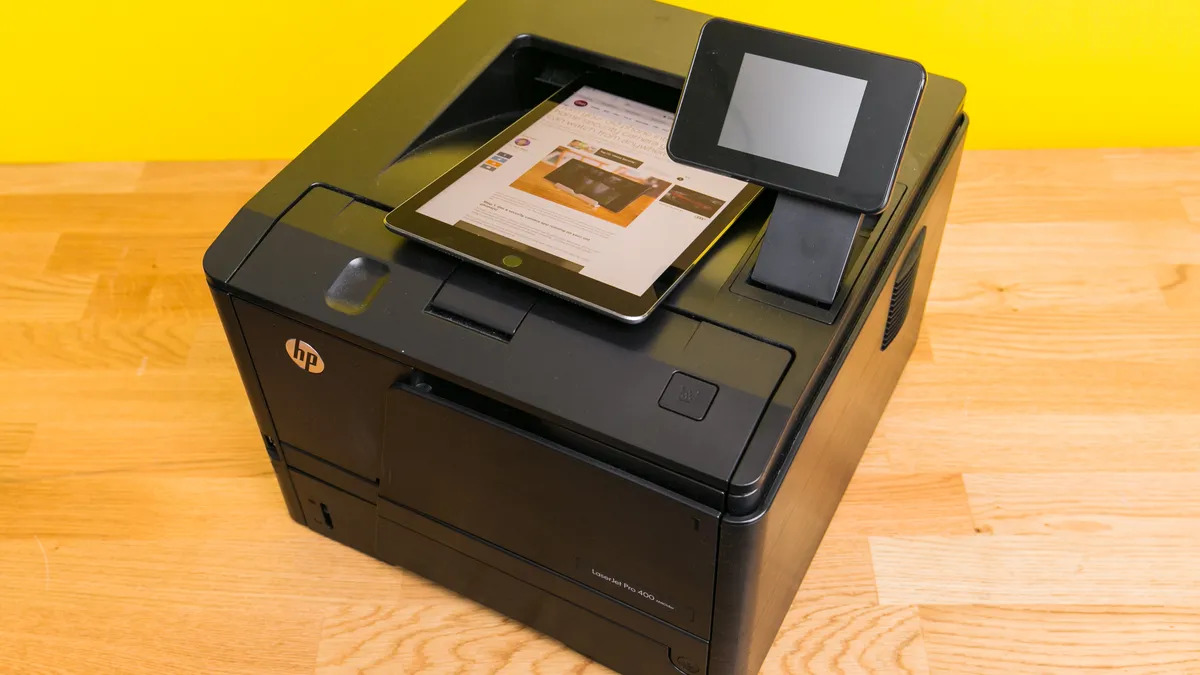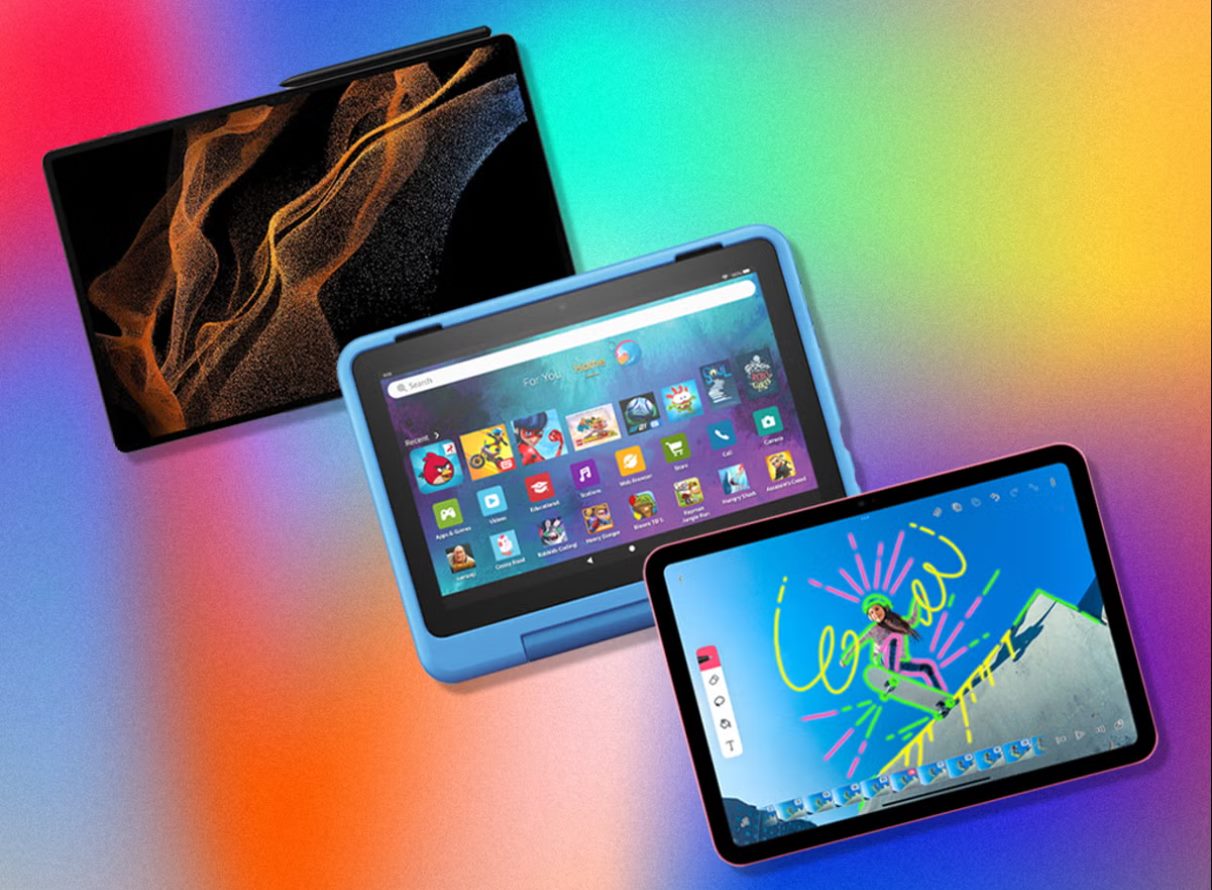Introduction
Welcome to the world of tablet paper! If you’re someone who loves jotting down notes, doodling, or simply prefers the tactile experience of putting pen to paper, tablet paper is a fantastic option for you. Tablet paper, also known as notepad paper, is a type of paper specifically designed to be used in tablets or notepads.
Tablet paper is essential for students, professionals, artists, and anyone who wants to have their thoughts and ideas easily accessible in a portable format. You can use tablet paper for various purposes, such as taking notes during meetings or lectures, making to-do lists, sketching, brainstorming, or even writing down your creative ideas.
In this article, we will delve into the world of tablet paper, exploring its definition, history, different types available, benefits of using it, popular brands, tips for choosing the right tablet paper, where to buy it, and how to use it effectively. So, grab your favorite tablet and let’s jump right in!
In the following sections, we’ll provide you with valuable insights and information to help enhance your tablet paper experience. Whether you’re a seasoned tablet paper user or just starting to explore its possibilities, this article aims to assist you in making informed choices and using tablet paper to its fullest potential.
Now, let’s explore the fascinating world of tablet paper together!
Definition of Tablet Paper
Tablet paper, also known as notepad paper, is specially designed paper that is commonly used in tablets or notepads. It is typically made with lightweight yet durable materials, ensuring a smooth writing experience. Tablet paper comes in various sizes and formats, including letter size, legal size, or even smaller pocket-sized options.
What sets tablet paper apart from regular printer paper or notebook paper is its unique features. Tablet paper usually comes with pre-punched holes or perforations, allowing for easy tearing of individual pages. These pages are usually bound together in a notepad or pad form, making it convenient to flip through and use.
Another distinguishing feature of tablet paper is the presence of ruling or lines on the pages. These ruling patterns can vary, with options like wide-ruled, college-ruled, or even grid patterns. The ruling helps maintain neatness and organization in your writing or drawings.
Tablet paper also often includes additional features such as a margin at the top or sides of the page. This provides space for headings, annotations, or other notes to keep your work structured and easy to read.
While tablet paper is primarily designed for writing, it is also compatible with other mediums such as pencil, pen, marker, or even watercolors in some cases. The thickness and quality of the paper may vary depending on the brand and intended use.
In summary, tablet paper is a type of paper specifically designed for use in tablets or notepads. It is lightweight, durable, and comes with unique features such as pre-punched holes, ruling patterns, and margins. Tablet paper allows for easy organization, making it a preferred choice for various tasks.
History of Tablet Paper
The history of tablet paper dates back centuries, with its origins intertwined with the evolution of paper and writing materials. The concept of using a portable writing surface can be traced back to ancient times when people started using materials like papyrus, bone tablets, or wax tablets for writing.
In ancient Egypt, papyrus was one of the earliest forms of tablet paper. Thin strips of papyrus reeds were woven together and used as a writing surface. This early form of tablet paper was lightweight and easily portable, making it ideal for recording important information or writing letters.
As time progressed, different civilizations around the world developed their own versions of tablet paper. In ancient Greece, wax tablets gained popularity. These tablets consisted of thin wooden boards coated with layers of wax. The writer used a stylus to etch their words into the wax surface, and when the writing was no longer needed, the wax could be smoothed over, erasing the previous content.
The invention of paper during the Han Dynasty in China revolutionized the way people recorded information. The early form of paper was made from mulberry bark, bamboo fibers, or silk waste. This lightweight and flexible material quickly replaced papyrus and became the preferred medium for writing.
During the Islamic Golden Age, papermaking techniques spread to the Middle East, Europe, and other parts of the world. With the advent of paper production, tablets made from wooden boards or metal sheets coated with wax were gradually replaced by bound notebooks or codexes.
With the invention of printing press by Johannes Gutenberg in the 15th century, the demand for paper and writing materials increased dramatically. Notepads, resembling the tablet paper we know today, became widely available for individual use. These notepads were usually made with paper and were bound together at the top or side, providing a convenient way to take notes or write down ideas.
Over time, advancements in paper manufacturing and printing technologies led to the development of various types of tablet paper. Today, tablet paper is available in different sizes, ruling patterns, and paper qualities, catering to the diverse needs of users.
From the ancient Egyptian papyrus to the modern-day notepad, the history of tablet paper showcases the ever-evolving quest for efficient and portable writing materials.
Different Types of Tablet Paper
Tablet paper comes in a variety of types, each offering unique features and benefits. Understanding the different types of tablet paper available can help you choose the perfect option for your specific needs. Let’s explore some of the most common types:
- Wide-Ruled Tablet Paper: Wide-ruled tablet paper is characterized by widely spaced horizontal lines on each page. This type of tablet paper is ideal for individuals with larger handwriting or those who prefer more space between lines.
- College-Ruled Tablet Paper: College-ruled tablet paper features narrower spaced horizontal lines compared to wide-ruled paper. It is commonly used by students, as it offers more lines per page, allowing for more detailed notes.
- Graph Paper: Graph paper, also known as grid paper, consists of a grid pattern of small squares or rectangles. It is often used for mathematics, engineering, or design work that requires precise drawings or graphing.
- Dot Grid Paper: Dot grid paper is becoming increasingly popular due to its versatility. Instead of lines or grids, it features a series of dots evenly spaced across the page. Dot grid paper provides more flexibility for drawing, sketching, or bullet journaling.
- Specialty Tablet Paper: In addition to the standard ruled and graph options, there are specialty tablet papers available for specific purposes. For example, some tablet papers are designed with specific templates for project management, legal documentation, or music composition.
- Watercolor Paper: If you enjoy using watercolors with your tablet paper, you can opt for watercolor tablet paper. This type of paper is thicker and specifically designed to prevent warping or bleeding when wet mediums are used.
When choosing tablet paper, consider your intended use and personal preferences. Think about factors such as ruling pattern, page size, paper quality, and compatibility with different writing tools or art mediums.
Remember, tablet paper is meant to enhance your writing or artistic experience, so selecting the right type for your needs can greatly improve the overall enjoyment and effectiveness of your work.
Benefits of Using Tablet Paper
Using tablet paper offers several advantages that make it a preferred choice for individuals in various fields. Whether you’re a student, professional, artist, or simply someone who enjoys writing or drawing, tablet paper can enhance your experience in numerous ways. Let’s explore some of the key benefits of using tablet paper:
- Portability: Tablet paper provides the advantage of portability. With a notepad or tablet in hand, you can easily carry your writing or sketching materials wherever you go. This makes it convenient for taking notes in classes or meetings, jotting down ideas on the go, or capturing inspiration when it strikes.
- Organized and Neat: Tablet paper often comes with pre-punched holes or perforations, allowing for easy tear-out of pages. This enables you to organize and file your notes or artwork effortlessly. Additionally, the ruling or grid patterns on tablet paper help maintain neatness in your writing, ensuring that your notes or drawings remain organized and legible.
- Flexibility in Mediums: Tablet paper is compatible with a wide range of writing and drawing mediums. Whether you prefer using pencils, pens, markers, or even watercolors, tablet paper can accommodate your preferred medium. You can experiment with different tools and techniques, making tablet paper a versatile option for artists and creatives.
- Tactile Experience: Writing or drawing on tablet paper provides a tactile experience that can enhance creativity and engagement. The sensation of pen or pencil on paper stimulates the senses and creates a more immersive and personal connection between you and your work. This tactile experience can be particularly beneficial for brainstorming, problem-solving, or expressing emotions through sketching or writing.
- No Power or Technology Required: Unlike digital note-taking devices or apps, tablet paper does not rely on batteries or technology. You can use it anytime, anywhere, without worrying about running out of power or dealing with technical glitches. This makes it a reliable and accessible option for anyone, regardless of their technological prowess.
- Freedom to Express Creativity: Tablet paper provides a blank canvas for your thoughts, ideas, and creativity. Whether you’re writing a story, sketching a concept, or making a mind map, tablet paper gives you the freedom to explore your imagination and express yourself without limitations. It encourages a hands-on approach to creativity and allows for easy revisions or modifications as you refine your work.
These are just a few of the many benefits that tablet paper offers. Its portability, versatility, and tactile experience make it an excellent choice for anyone seeking a tangible and efficient medium for their writing or creative pursuits.
Popular Brands of Tablet Paper
When it comes to tablet paper, there are several reputable brands known for their high-quality products. These brands have established themselves as leaders in the industry, offering a wide range of tablet paper options to suit different needs and preferences. Let’s take a look at some of the popular brands of tablet paper:
- Mead: Mead is a well-known brand with a long-standing history of producing quality stationery products. Their tablet papers are available in a variety of ruled patterns, sizes, and binding styles. Mead tablet papers are known for their durability and smooth writing experience, making them a favorite among students and professionals alike.
- TOPS: TOPS is a brand that focuses on creating innovative office supplies, including tablet paper. They offer a wide range of tablet paper options, from standard ruled paper to specialty templates. TOPS tablet papers are known for their excellent quality and attention to detail.
- Rhodia: Rhodia is a renowned French brand famous for its high-quality notebooks and paper products. They have a loyal following among artists, designers, and writers. Rhodia tablet paper features a smooth, acid-free paper that works well with various mediums. The iconic orange covers and distinctive ruling patterns of Rhodia tablet papers make them instantly recognizable.
- Strathmore: Strathmore is widely recognized for its premium art papers, including tablet papers suitable for a wide range of artistic endeavors. Strathmore offers tablet papers specifically designed for different art mediums such as drawing, sketching, watercolors, and more. Their tablet papers are known for their excellent performance and ability to withstand heavy use.
- Clairefontaine: Clairefontaine is a well-respected French brand that specializes in high-quality notebooks and tablet papers. Their tablet papers are known for their exceptional smoothness, allowing for effortless writing and drawing. Clairefontaine papers are also environmentally friendly, as they are made from sustainable sources.
- Five Star: Five Star, a brand under the ACCO Brands umbrella, is known for producing durable and dependable school and office products. Their tablet papers are designed with student needs in mind, offering durability and features like reinforced holes and tear-resistant perforations.
These are just a few examples of popular tablet paper brands available in the market. Each brand has its own unique characteristics and strengths, so it’s worth exploring their offerings to find the one that aligns with your preferences and requirements.
Remember to consider factors such as paper quality, ruling pattern, size, and binding style when selecting a tablet paper brand. By choosing a reputable brand, you can ensure a high-quality tablet paper experience that meets your expectations.
Tips for Choosing the Right Tablet Paper
Choosing the right tablet paper is essential to ensure a comfortable and efficient writing or drawing experience. With so many options available, here are some helpful tips to consider when selecting tablet paper:
- Consider the Purpose: Think about how you will use the tablet paper. Are you taking notes, sketching, or using it for professional purposes? Different activities may require specific ruling patterns, paper qualities, or sizes.
- Decide on the Ruling Pattern: Consider the ruling pattern that suits your preferences and needs. Wide-ruled paper provides more space between lines, while college-ruled paper offers more lines per page. Graph or dot grid paper may be preferable for drawing or creative projects.
- Evaluate Paper Quality: Pay attention to the thickness and overall quality of the paper. Thicker paper tends to be more durable and suitable for art mediums like markers or watercolors. Consider opting for acid-free paper to prevent yellowing or deterioration over time.
- Check Page Size: Determine the size of the tablet paper that works best for you. Letter size is commonly used, but there are also legal-size or smaller pocket-sized options available. Think about the level of portability you require.
- Consider Binding Style: Tablet papers come in various binding styles, such as glue-bound, spiral-bound, or top-bound. Glue-bound tablets provide a clean look, while spiral-bound options allow for easy flipping of pages. Consider which binding style is most convenient for your usage.
- Compatibility with Mediums: If you plan to use specific writing or drawing tools, ensure that the tablet paper is compatible with those mediums. For example, if you prefer using watercolors, choose tablet paper specifically designed for wet mediums to prevent warping or bleeding.
- Read Reviews and Recommendations: Take the time to read reviews and seek recommendations from others who have used the tablet paper brands you are considering. Their experiences and insights can provide valuable information to help you make an informed decision.
- Consider Budget: Set a budget for your tablet paper purchase. While quality matters, there are options available at different price points. Find a balance between quality and affordability that suits your needs.
- Try Samples: If possible, obtain samples of different tablet papers to test their feel, smoothness, and compatibility with your preferred writing or drawing tools. This hands-on approach can help you make a more confident choice.
By considering these tips, you can narrow down your options and choose tablet paper that aligns with your specific requirements and preferences. Remember, the right tablet paper can enhance your creativity, productivity, and overall enjoyment of writing or drawing.
Where to Buy Tablet Paper
Tablet paper is widely available for purchase, and there are several options for where you can buy it. Here are some popular places to find tablet paper:
- Office Supply Stores: Office supply stores like Staples, Office Depot, or OfficeMax are great options for buying tablet paper. These stores usually carry a wide variety of tablet paper brands and types, allowing you to compare and choose the one that suits your needs.
- Online Retailers: Online platforms such as Amazon, Walmart, or eBay offer a vast selection of tablet paper. Shopping online provides convenience and the ability to browse through multiple brands, compare prices and read customer reviews before making a purchase.
- Art Supply Stores: If you are specifically looking for tablet paper for artistic purposes, check out art supply stores like Blick, Michaels, or Hobby Lobby. These stores often carry tablet paper designed for different art mediums and provide a wide range of options for artists.
- Stationery Stores: Specialty stationery stores or boutique shops are excellent places to find unique and high-quality tablet paper. These stores often curate a selection of premium tablet paper brands and offer a personalized shopping experience.
- School or College Bookstores: If you are a student or located near a school or college campus, consider checking out the bookstore. They typically carry a variety of tablet paper options tailored to students’ needs.
- Online Specialty Retailers: There are also online specialty retailers that focus specifically on stationery or art supplies. These retailers may offer a wide range of tablet paper options and provide detailed product information to help you make an informed decision.
- Local Independent Shops: Support local businesses by checking out independent stationery or art shops in your area. These shops often have a unique selection and provide a personal touch with knowledgeable staff who can assist you in finding the right tablet paper for your needs.
When buying tablet paper, consider factors such as availability, price, shipping options (for online purchases), and the reputation of the retailer. It’s also worth checking for any ongoing promotions or discounts that can help you save money.
Ultimately, the choice of where to buy tablet paper depends on your preferences, convenience, and accessibility. Whether you prefer the ease of online shopping or the personalized experience of browsing in-store, you can find tablet paper in a variety of locations to cater to your needs.
How to Use Tablet Paper Effectively
Using tablet paper effectively can enhance your productivity and maximize the benefits of this versatile writing and drawing medium. Here are some tips to help you make the most out of your tablet paper:
- Keep it Organized: Use dividers, folders, or binders to keep your tablet paper organized. Label sections for different subjects or projects to easily locate your notes or artwork when needed.
- Date and Title: Always date your entries and provide clear titles or headings to help you locate specific information later. This practice ensures that your notes or drawings are easily searchable and can be referenced at a later date.
- Take Neat and Legible Notes: Write legibly and use bullet points or numbering for easier reading and understanding. Leave ample space between points to maintain clarity and make your notes visually appealing.
- Highlight Important Information: Use highlighters or colored pens to highlight important points, keywords, or headings. This technique can aid in better understanding and quick recall of key information.
- Utilize Margins: Make use of the margins provided on the tablet paper. Use them to jot down additional thoughts, make annotations, or write down reminders or questions related to your notes or sketches.
- Experiment with Different Writing Tools: Tablet paper allows for experimentation with different writing tools and art mediums. Try using different pens, pencils, markers, or even watercolors to explore your creativity and add visual interest to your notes or drawings.
- Create Visual Organizers: Tablet paper is great for creating visual organizers such as mind maps, diagrams, or flowcharts. Use different colors, lines, and shapes to visually represent relationships or concepts, making complex information easier to comprehend.
- Review and Revise: Set aside time to review and revise your notes or artwork on the tablet paper regularly. This helps reinforce your understanding, identify areas of improvement, and ensure that the information remains fresh in your mind.
- Share and Collaborate: Tablet paper can also be used for collaborative projects. Share your tablet paper with colleagues or classmates for group brainstorming sessions or collaborative sketching. This collaborative approach can generate new ideas and foster teamwork.
- Repurpose and Recycle: If you have unused or partially used tablet paper, consider repurposing it. Cut pages into smaller sizes for quick reference or recycle them for scrap paper use. Reduce waste and make the most of your tablet paper resources.
By following these tips, you can effectively utilize tablet paper to capture your thoughts, organize information, unleash your creativity, and make the most of your writing or drawing sessions.
Conclusion
Tablet paper is a versatile and essential tool for anyone who enjoys writing, sketching, or organizing their thoughts on a physical medium. Throughout this article, we have explored the definition of tablet paper, its history, different types available, benefits of using it, popular brands, tips for choosing the right tablet paper, where to buy it, and how to use it effectively.
Tablet paper offers a unique writing and drawing experience, allowing for portability, organization, and the freedom to express creativity. With a wide range of ruling patterns, paper qualities, and sizes, there is a tablet paper option to suit every need and preference.
We discussed popular tablet paper brands such as Mead, Rhodia, and Clairefontaine, which are known for their quality and reliability. When considering tablet paper, it is important to think about factors such as ruling pattern, paper quality, page size, and compatibility with different mediums.
To purchase tablet paper, you can explore options like office supply stores, online retailers, art supply stores, or local independent shops. It’s essential to choose a reputable retailer that offers a wide selection and meets your budget and shipping needs.
To use tablet paper effectively, keep your notes organized, date and title your entries, and utilize margins for additional annotations. Experiment with different writing tools and art mediums, and consider creating visual organizers to enhance comprehension and creativity.
In conclusion, tablet paper provides a tangible and versatile medium for writing, sketching, and organizing your thoughts. By selecting the right tablet paper and implementing effective usage techniques, you can enhance your productivity, creativity, and overall enjoyment of the writing and drawing experience.







